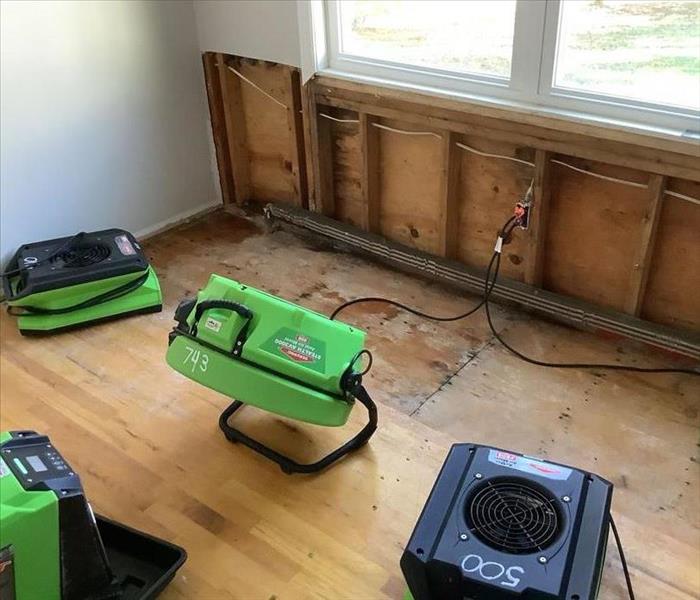What Natural Disasters Can Happen in New Jersey
4/26/2023 (Permalink)
 We’re dedicated to responding immediately to storm damage emergencies because a fast response helps limits further damage and reduces cost.
We’re dedicated to responding immediately to storm damage emergencies because a fast response helps limits further damage and reduces cost.
New Jersey is the fifth smallest state and home to over 9 million people, being the most densely
populated state in the U.S. That’s because New Jersey has so much to offer from the beaches,
dense forests, city life, mountains and much more. But what happens when a sudden
destructive storm affects your Silverton home?
Primal Survivor has provided a list of the most
common natural disasters in New Jersey so you can be prepared:
- Floods: New Jersey’s elevation is at 250ft and the highest elevation point is 1,803ft, making the state prone to flooding. New Jersey has over 18,000 miles of streams and rivers and due to sea levels and rainfall increasing along with tropical storms, there is a higher risk of flooding. Flooding can occur all over New Jersey but some parts are more susceptible to it. Climate change is also adding to the risk.
- Hurricanes: New Jersey rarely gets hit directly by hurricanes. Often times it receives the remnants of the hurricane, because of how densely populated it is when it does the damage can be severe.
- Heavy Snowfall: Between October and April New Jersey brings between 40-50 inches of snow. January and February are the coldest months of the year with temperatures typically in the high 30s. According to USA.com NJ ranks # 24 for the most snowfall in the country.
- Freezing Rain: If the temperature is 32 degrees or colder, when the rain hits the surface it turns to ice. This most commonly occurs in the months of December and January. The biggest issue with this is it leads to icy roads causing treacherous driving conditions.
- Heat Waves: Heat days are increasing in New Jersey with the average of 5 “dangerous” heat days per year. National Weather Service defines it as days with the heat index 103F or above.
- Wildfires: According to the state Forest Fire Service, New Jersey averages about 1,500 wildfires per year. New Jersey forests consist mostly of hardwood and there isn’t a lot of undergrowth, so the fires don’t spread as quickly.
- Tornadoes: On average New Jersey gets about two tornadoes per year. There have been 182 confirmed tornadoes in New Jersey since 1950. Because of how densely populated the state is, even F1 and F2 tornadoes can cause severe property damage.
Storm damage to your property is not something any of us want to experience. As long as
yourself and your loved ones are unharmed, the rest can be restored. SERVPRO of Toms River
is a leader in storm and water damage restoration with specialized training and expertise to restore your property back to its pre-storm condition. Our restoration process puts an emphasis on scientific drying techniques, progress monitoring and documentation.




 24/7 Emergency Service
24/7 Emergency Service